Supply Chain
for
Small Companies
Joshua Schultz
2019-08-25
Defining
Supply Chain
A Network of Companies
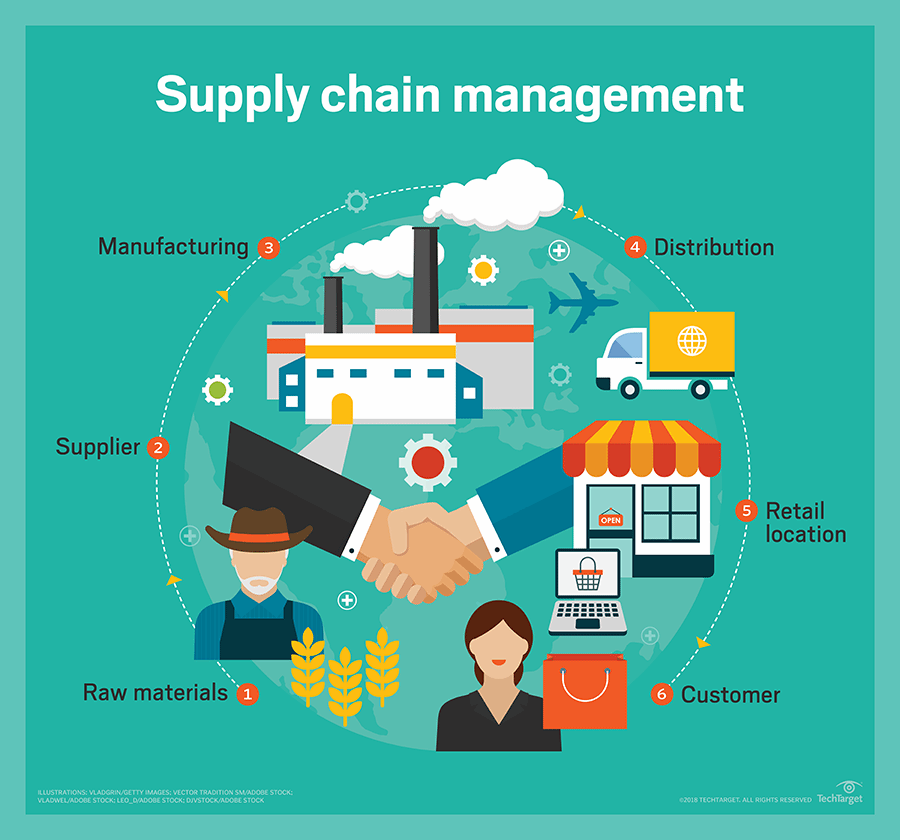
Buyers
As buyers receive product, they perform value processes and prepare to make money. That is, to ship and become suppliers.
Sellers
In order to provide product to a customer, there are certain raw materials needed to transform. Therefore, sellers are inherently buyers.
become...
A Network of Operations
Rather than think about firms, consider processes / operations.
This allows you to streamline

A Network of Operations
Consider the repeated parts for each transfer as chance for optimization

Supply Chain
Material Flow
- Sourcing
- Procurement
- Quality
- Logistics
Sourcing
Material Flow
Find
The Right
Supplier(s)
Search
Qualify
Test
Searching
-
Google Search
-
Directories (ThomasNet)
-
Postings (Alibaba)
-
Transaction Data (Import Genius)
-
COI (Zhou)
-
Foreign for-hire
- Random / Lookout
Qualifying
-
Response Time
-
Email Professionalism
-
Quote Professionalism
-
Online Presence
-
Certifications
-
Target Questions
-
Audit Forms
-
Visits
-
Audits
-
Quality Machine List
-
Production Equipment List
Testing
-
Other customers
-
Other markets
-
Samples
-
Dual Order
Procurement
Material Flow
Order the right part, on time for the right price.
Right Part
-
Information Agrees with Supplier
-
Verbal review
-
Sales Confirmation
-
Signed Intent
-
Make sure your order states everything!
-
-
Requirements
-
Dimension
-
Certifications
-
Industry Norms
-
Compliance
-
Packaging
-
Shipment
-
Quality Requirements
-
On-Time
-
Lead Times
-
Transition Times
-
Supply Route Disruptions
-
Internal Turnaround Time
-
Usage
-
Minimum Orders
-
Locale specific criteria
-
Order Grouping
-
Shipping consolidation waits
Right Price
-
Part Cost
-
Material Understanding
-
Geographic Considerations
-
Shipping & Freight (FOB)
-
Trade Regulations
-
Quality Time
-
Admin Time
-
Storage Costs
Quality
Material Flow
The Part
=
Your Order
Check all "Source Documents"
-
Legal compliance
-
Customer Purchase Order
-
Customer Design Prints & CAD
-
Customer Referenced Documents & Standards
-
Customer Instructions, Guides, and Procedures
-
Industry Standards
-
Industry Norms
Document Findings
- Checklists
- Records
- Photos
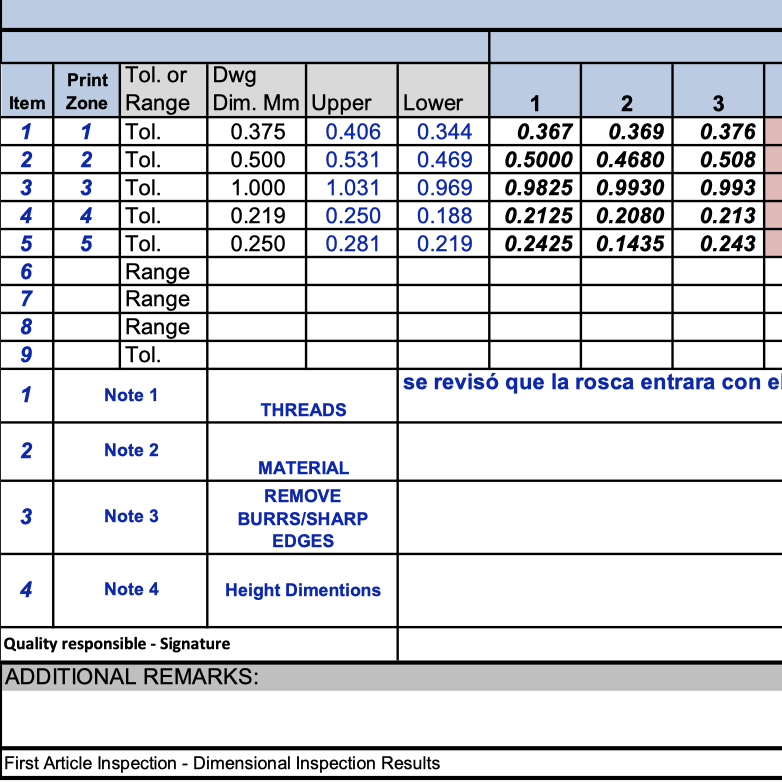
Logistics
Material Flow
Move
& Store
Material
Logistics
Port
Boat
Plane
Airport
Airport
Port
Truck
Truck
Supplier
Customer
| Shipment Type | Urgent | Not Urgent |
|---|---|---|
| High Volume | Look for Alternative Source | Boat |
| Low Volume | Air | Boat or Air |
Decision Matrix
Inco Terms

Storage
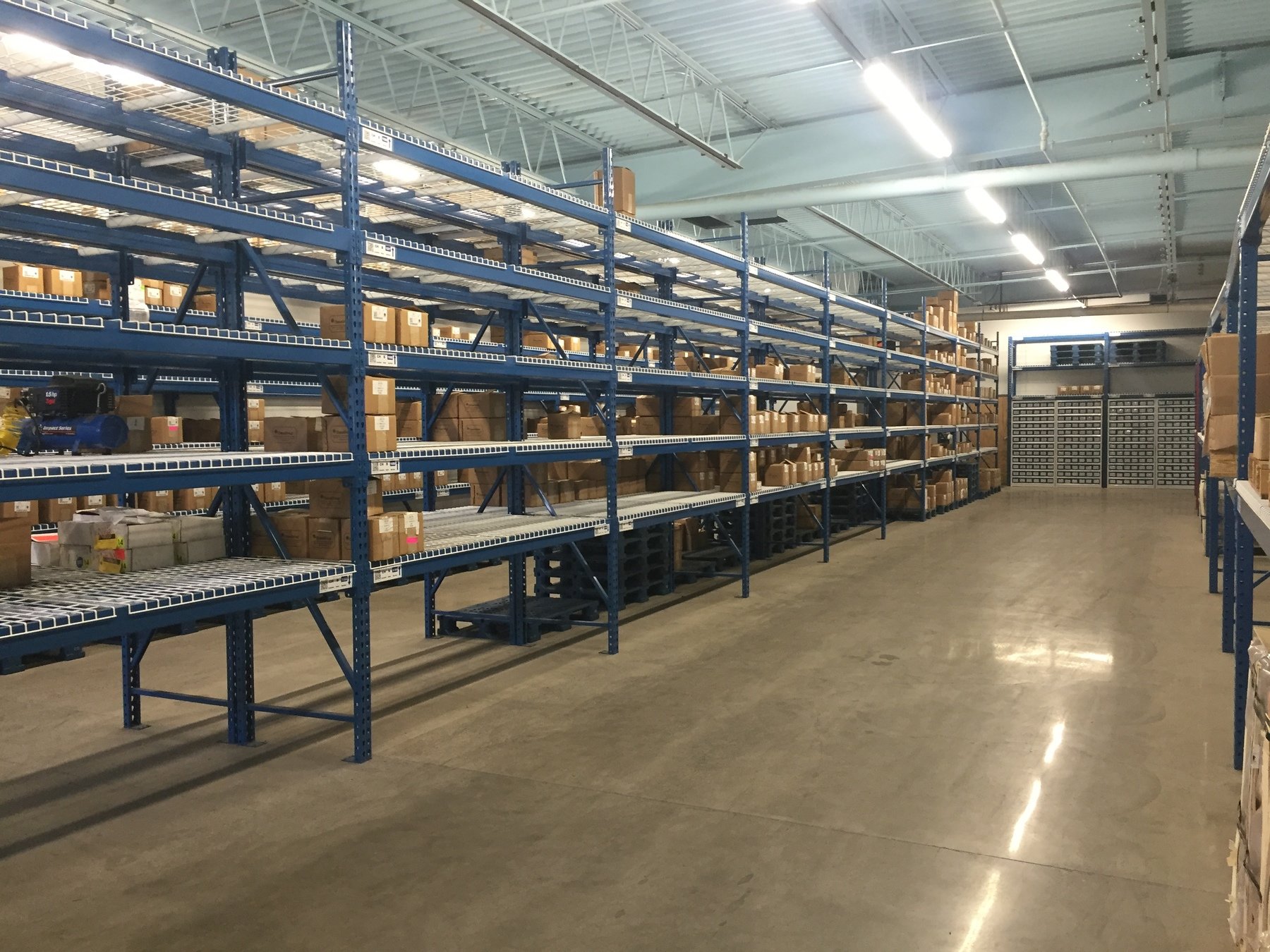
Supply Chain
Information Flow
- Supplier Management
- Part Management
- Order Management
- Quality Information
Supply Chain
Financial Flow
- Cash Cycle
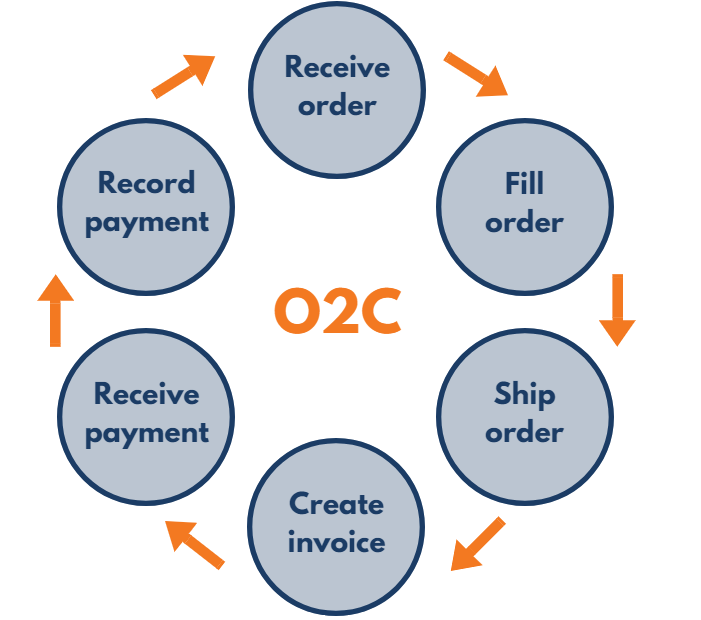
Cycle Factors
- Inventory levels
- Inventory turns
- Accounts Payable
- Accounts Receivable
Cycle Factors
- Higher Inventory is Less Cash
- Inventory / (COGS / 360)
- (AP x 360) / COGS
- (AP x 360) / Sales
Terms Matter
Other Considerations
- Lead Time to Cash Cycle
- Return on Investment
- Cash is Optionality
Supply Chain Considerations
- Compliance
- Inventory & Storage
- Communication
Compliance
-
Export Controls
-
Military Controls
-
Sanctions and Black Lists
-
DFAR
-
FAA
-
Flow Down
Inventory & Storage
-
How will you stock and organize?
-
How much safety stock is enough?
-
How will you pick?
-
What will the shipping process look like?
-
How are parts pulled?
-
Labeling
-
Shelf Information
-
Packaging
How will you communicate with...
-
Customers
-
Suppliers
-
Co-workers
-
Partners
How will you communicate on...
-
Orders
-
Issues
-
Questions
-
Processes
-
Design
Product Cycles
Prototyping
Test pieces usually made in extremely small batches for form - fit - function approval. Use specific prototyping settings. Will not be actual production process, supplier, material, lead times, costs, etc.
Production
Higher volume production, good for end unit testing and selling. As project scales, continual improvement in material, inventory, production methods, and even supplier at times.
Assume Change!
Design for
- Procurement
- Testing
- Function
- Quality
- Manufacturability
- Safety
Iterate

Initialization
Deployment
The
Supply Chain Cycle
The Cycle
-
Usage
-
Demand Plan
-
Order
-
Production
-
Shipment
-
Incoming
-
Inspection
-
Assembly
-
Testing
-
Distribution
Creating a
Supply Chain
The Issues in Creating
- Find suppliers
- Qualify suppliers
- Quoting
- Placing Orders
- Tracking Orders
- Receiving Orders
- Tracking Production
Source
With a tightened BOM you need to look for suppliers for each part.
Remember:
- Try Domestic and Foreign
- Look for Low/Mid/High
- 3-5 for each risk premium
- Always be Developing

Qualify
With a list of suppliers in hand, you need to find the one(s) you will try
Remember:
- Capability
- Capacity
- Character

Quoting
Send out a request for quote. This doesn't need to be super professional. One line, to a full out RFQ.
Remember:
- Price, Time, Quality
- Professionalism
- Response Time

Purchase Order
Send an order
to the chosen
supplier(s).
Remember:
- Contract
- Terms
- Reduce Risk
- Rely On

Tracking
Understanding shipments, timelines, methods, dates.
Remember:
- Know when it's due
- Know when it's off schedule
- (Have a schedule)


Receiving
The receiving process sets up all others, can greatly reduce errors if done well, and saves hours of time if invested.
Remember:
- Record Receipt
- Ship / Stock / Cage
- Tracability
- Product Info if first
- Package / Label
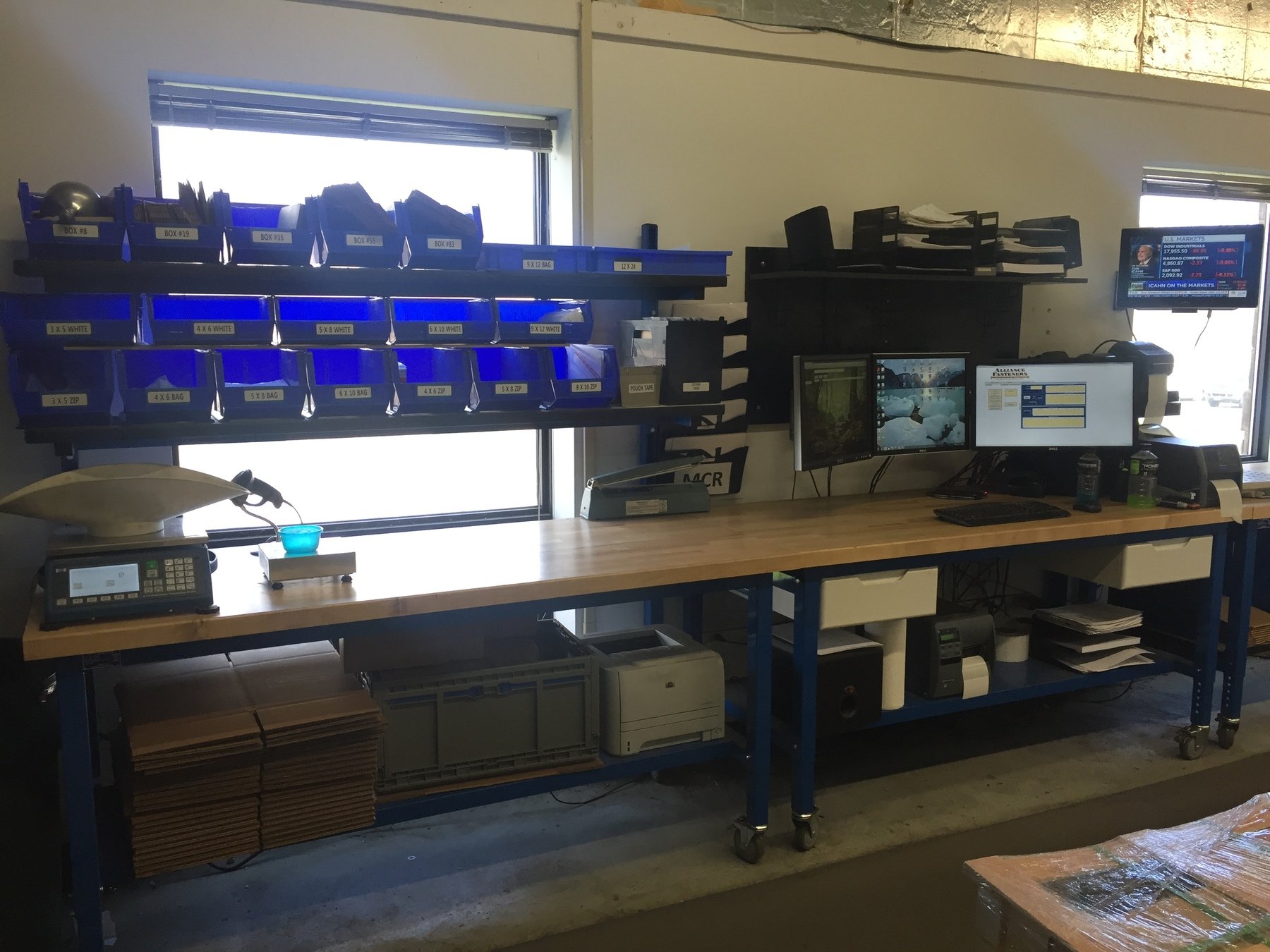
Managing a
Supply Chain
The Issues in Managing
- Information
- Communication
- Compliance
- Negotiating
- Traceability
- Metrics & Data
- Own The Relationship
Supplier
Set up how you want things done, and share it with your suppliers. Create policies to prevent issues, problems, and risks on your end. Streamline your operations for logistics and inspection by putting in place requirments
Customer
Answer all common questions and share them with your customers. Make your processes clear and alleviate their concerns.
Manuals
Write complete and clear emails!
Suppliers carry risk and thus remain technical.
Undertand the Regulations
- ECCNs
- ITARs
- HTS
- Hazardous
- Antidumping
Ignorance isn't accepted as a excuse.
Trace Everything
- Figure out Traceability Granularity
- Create a scalable system
- Record / Save Relentlessly
Metrics and Analysis
-
Create Strategy Objectives
-
Find the few metrics that show how well you are doing.
-
Find where that data is created or kept
-
Create a way to obtain or collect the data
-
Create non-intrusive systems for assembling
-
Create automated systems for reporting
-
Understand the strategy is greater than the metric
-
Look for blind spots
Relationships Solve Problems

The Small
Supply Chain Team
1 Person
- Good Luck!
2 People
- Parts
- Information (Info / Money)
3 People
- Flow - Parts
- Flow - Information
- Flow - Money
4+ Team
- 2:2:1 ratio for Parts:Information:Money
5 People
- Warehouse (Parts)
- Inspector (Parts)
- Quality Manager (Information)
- Admin (Money)
- Buyer (Information)
Async
Remote
Scalable
Use Team Inboxes
You want to focus on systems that scale with breaking.

Document Everything
Repetition will harm you.
Mistakes will kill you.
Meaninglessness will frustrate you.
Write everything down.
- Reduces Training
- Increases Scalability
- Creates a Core to Improve
- Reduces Mistakes
- Reduces Risk
Record Everything
Data created within the organization should be recorded and kept, as seamlessly as possible.
- What data do you need?
- What is the best media to keep it?
- How will you search it later?
- Create Templates.
Keep Up
Things can get out of hand fast. Boxes pile up, orders stack on your desk, email inboxes get flooded with responses to your requests.
1. Clean up
2. Have a System
3. Keep it up

Automate
Automate as much as possible. Some tools I have used for this include:
- Trello
- Templates
- Python Scripts
- Alfred / Butler
- Custom Software
- Zapier
Integrate
Many tools integrate with others, creating a way to leverage data in one, in another. This means collaborative systems can be created very quickly with minimal transaction or transition time.
Do Work Once
You'll find you are often asked for, or ask for the same information over and over. Answer once, then use that for templates, checklists, forms, and manuals.

Grab Data Quietly
An example of this would be activity metrics that are grabbed automatically by doing the activity.
Non-intrusive usually trumps idealism.
Key Processes & Procedures
Contract Review
A Contract Review is a review of your supply chain, procurement, and parts to make sure they meet the customer source documents and requirements.
Customer Info?
Part Info?
Supplier Info?

Quality Actions
Quality Actions are generally categorized into nonconformance, corrective, improvement. They are for both internal and external issues. These are the lifeblood of the improving organization.

Demand Planning
Demand planning is essential.
Considerations:
- Lead Time
- MOQ
- Consolidation
- Domestic / Foreign
- Material
- Storage Cost
- Seasonality Use/Time Yr
- Usage Patterns

Receiving
Receiving sets up production for success.
Proper:
- Coding
- Packing
- Recording
- Stocking
- Data Entry
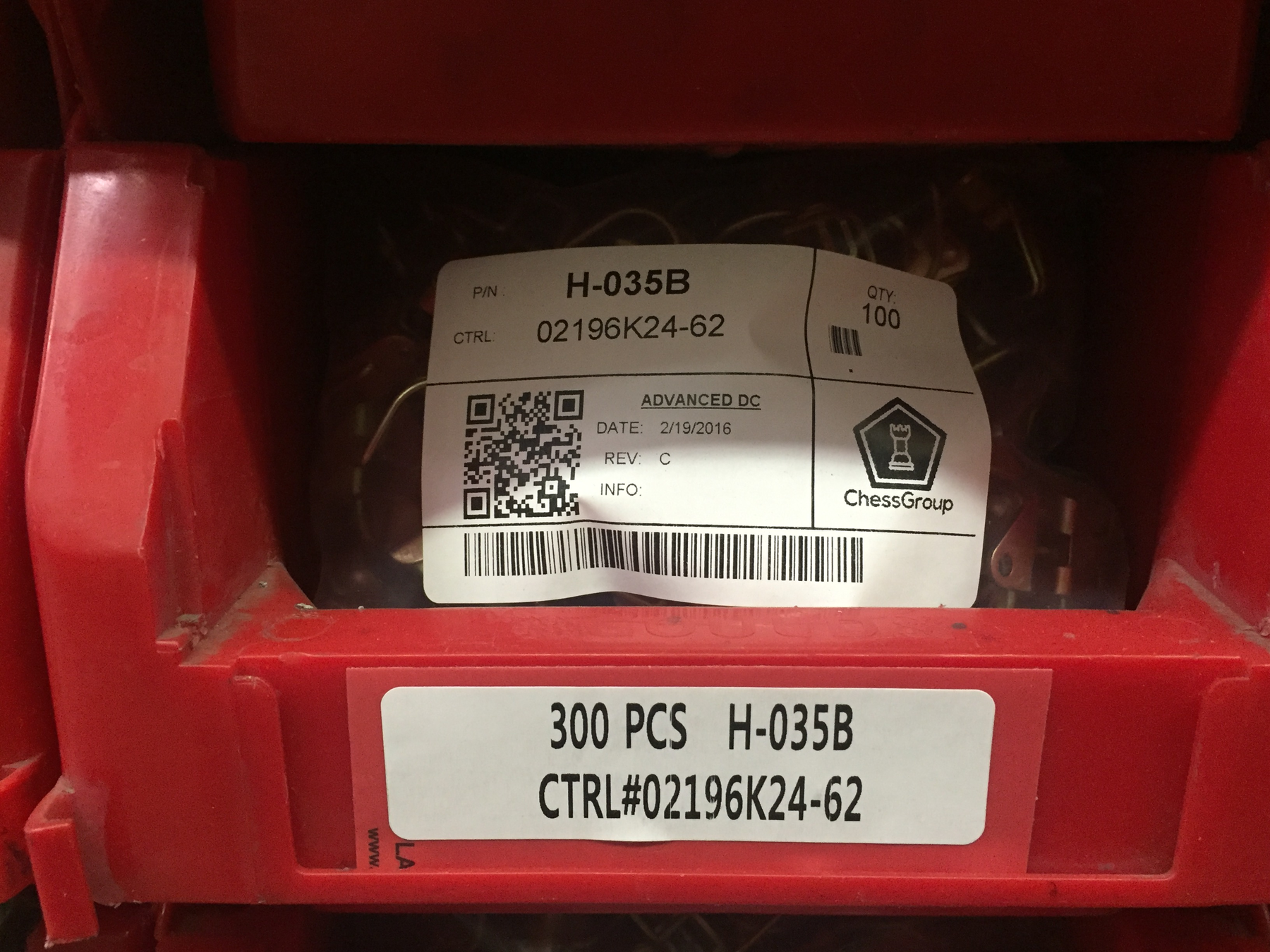
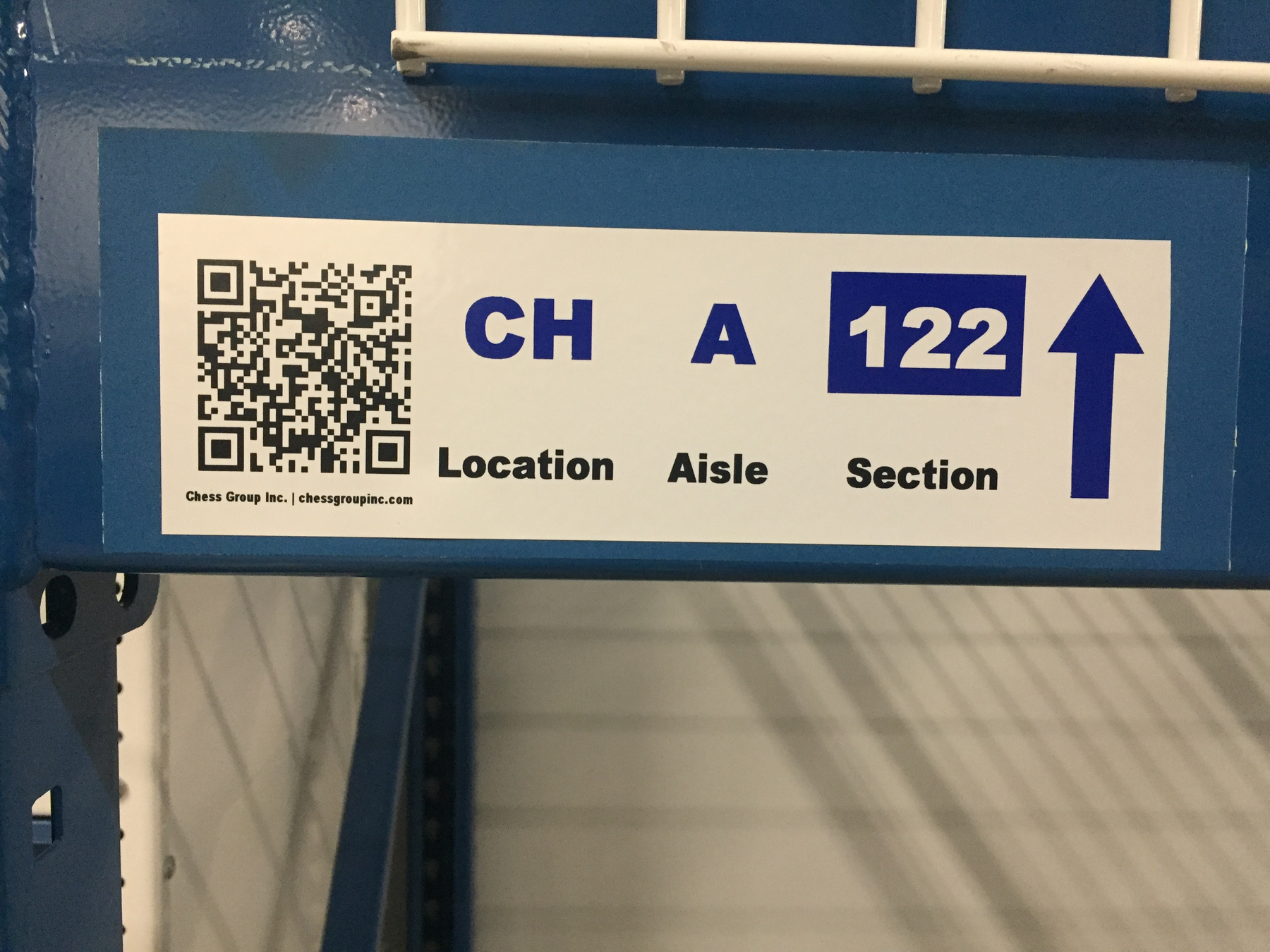
Communication
The largest root cause I see is communication.
Issues:
- Not being clear
- Not recording
- Not systematizing
- Not updating
- Not including people
- Not responding

Information
The second biggest root causes has to do with how information is created, captured, shared, analyzed, and used.
- Create Scalable Systems
- Formalize Data Capture
- Automate Data Analysis
- Work Backwards
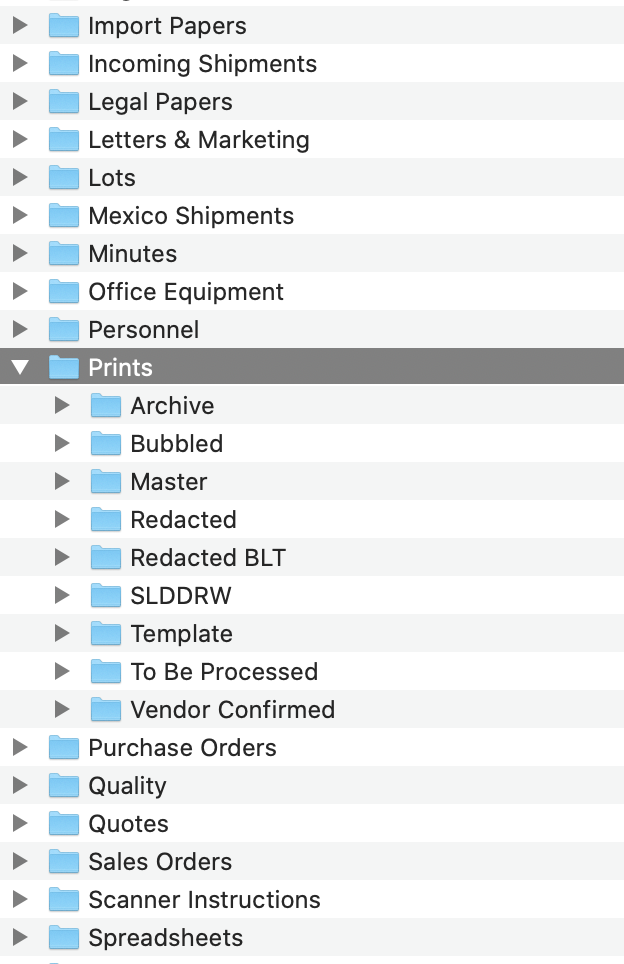

Revision Control
Understanding where and how new revisions are managed at both your site and your suppliers is key.
How are you ensuring:
- Sharing of updates
- Production changes
- Inspection changes
- Supplier receipt and control of documents
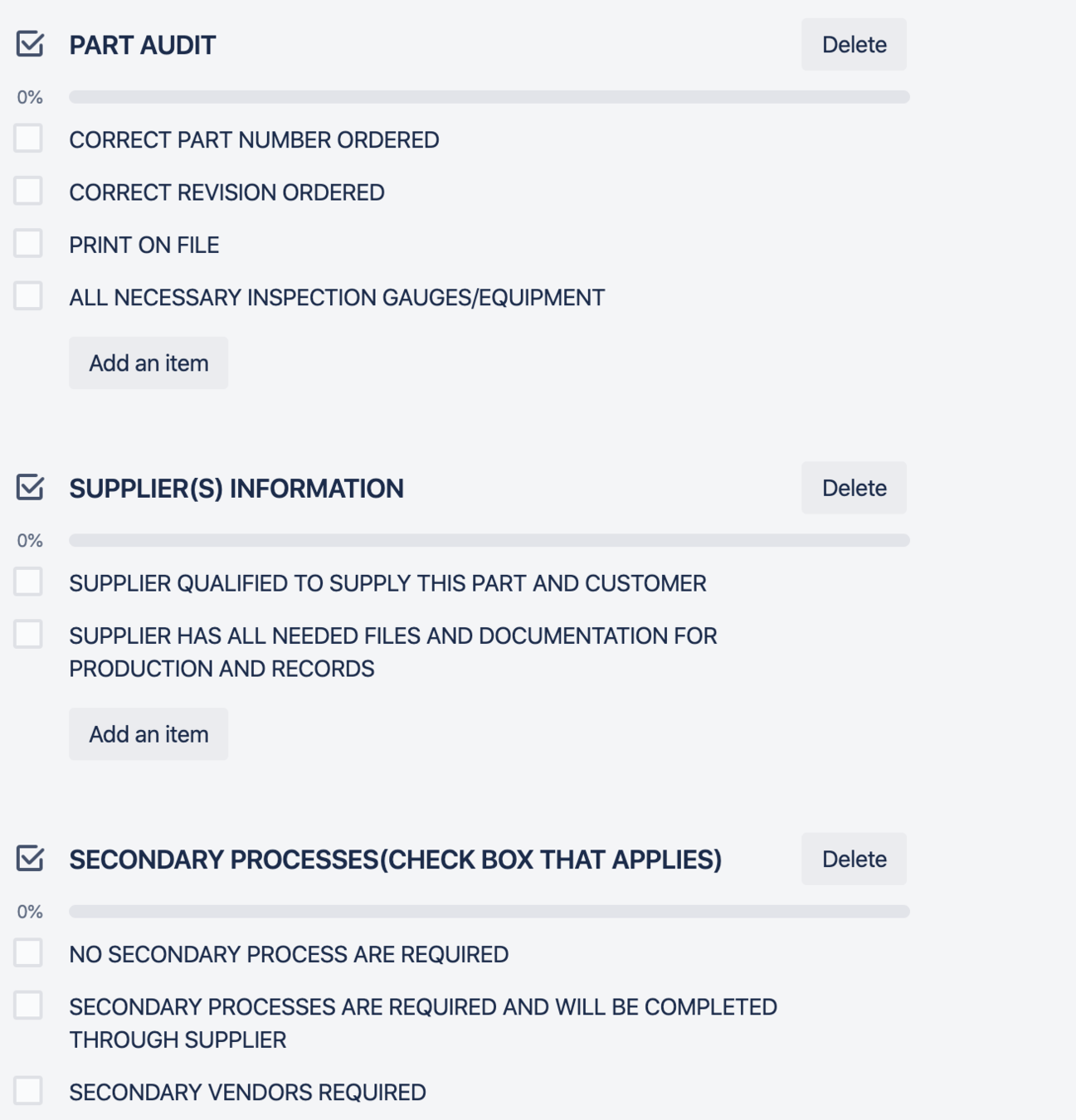
Lot Control
Tracing everything from the supplier on through is essential in problem-solving, providing service, being compliant, and protecting yourself.
- Create a lot system
- Make sure it is in physical form
- Make sure it is in digital form
- Consider Hashing
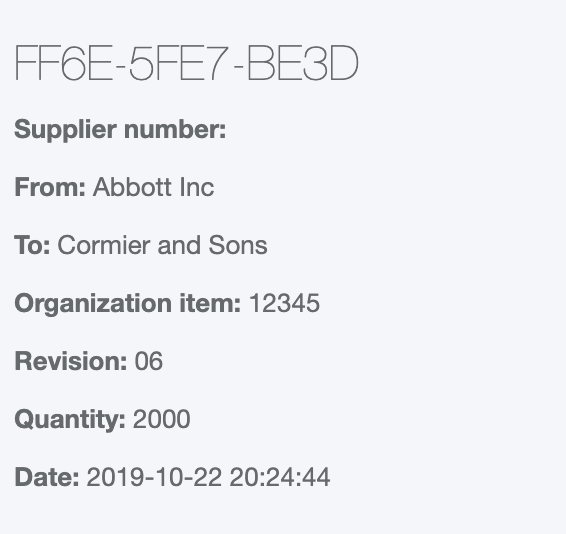
{:supplier=>"", :customer=>"", :part_number=>"12345", :revision=>"06", :quantity=>"2000", :date=>"2019-10-22 20:24:44"}
Warehouse
Parts and inventory should be ordered to be quickly found and assembled. The method largely depends on your business and pick methods.
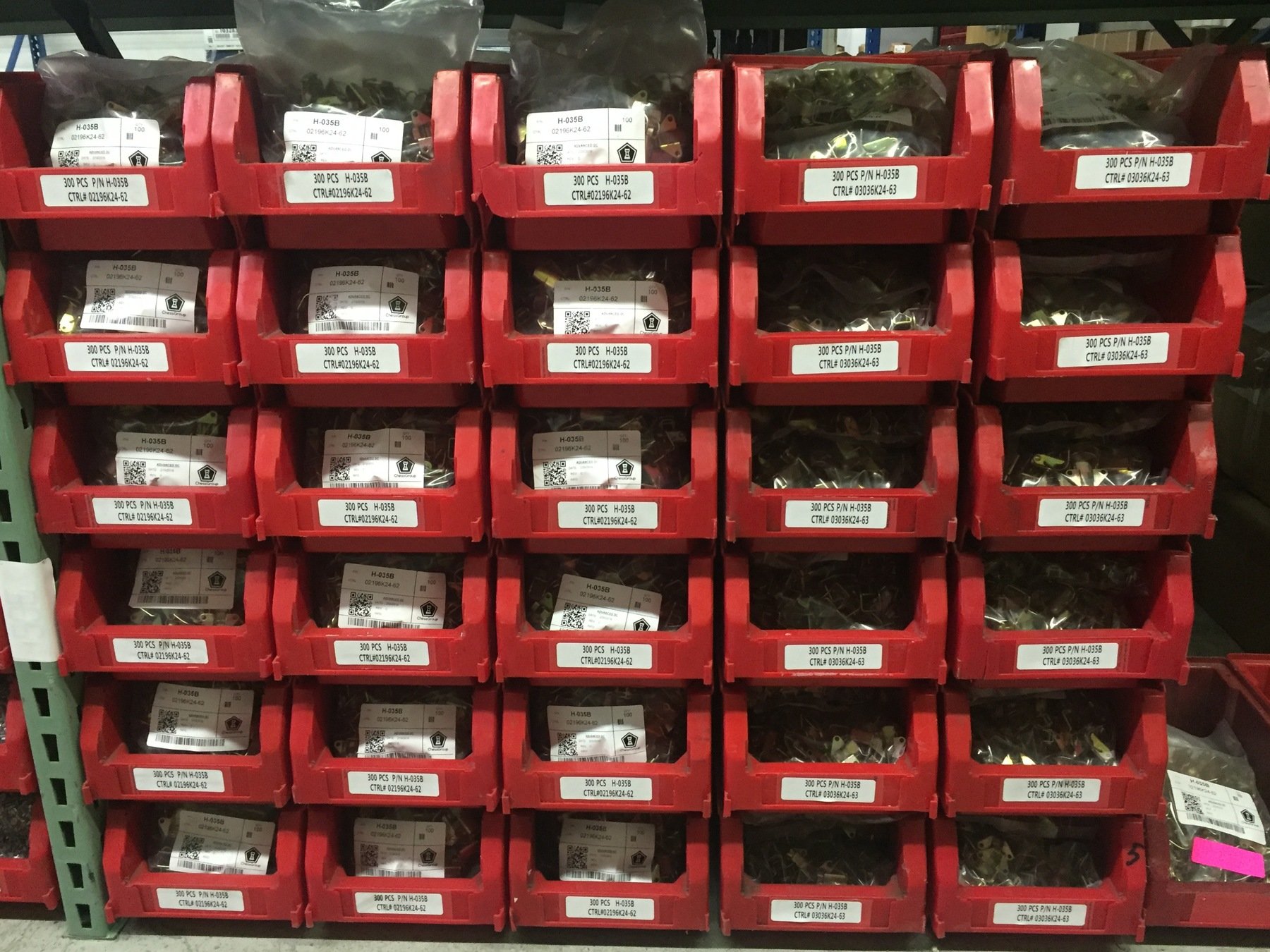
Internal Audits
This has one of the best idea generators for improvements we have (as well as a great way to find problems before someone else does).

Key Forms & Records
Form
A form is a subset of a record. It is a document with specific spaces to record various types of data. It can be digital or paper.
Record
A record is recorded information that is created as a result of a procedure. It is part of the output of a repeated system.
Key Forms & Records
-
Purchase Order
-
Sales Order
-
Packing Slip
-
Pick Report
-
Job Router
-
Invoice
-
Inspection Checksheet
-
Company Information Sheet
-
Contract Review Form
-
Non Conformance Form
-
Print / Design Record
-
Material Requisition
Logs & Lists
-
Open Order Log
-
Non Conformance Log
-
Supplier List
-
Part list
Information & Record Keeping
Streamlined Information
- Parts
- Import/Export
- Suppliers
- Customers
- Your Business
- Employees
Parts
- Part Number
- Description
- HTS
- COO
- Order Notes
Suppliers
- Formal Name
- Address
- Certifications
- Supplier Manual Read
- Capabilities
Customers
- Formal Name
- Address
- Routing Instructions
- Tax Exemptions
Employees
- Name
- Address
- SSN
- Date of Hire
- Exemptions
- Role
Business
- Information Sheet
- Credit Reference Sheet
- What we do sheet
- Hours
- Routing Instructions
- Policies
- Corporate Books
Data Organization
Files
Record
Documents
Files
- Where / How
- Organization Structure
- Nomenclature
Records
- Templates
- Master List
- Historical Records
Documentation
- Manuals
- Strategy Documents
- Standard Work
- Findings/Learnings
- Questions
- Tables
Outsourcing
Sourcing
Outsource your sourcing by buying access to vendor databases. You can also hire sourcing firms. They are usually expensive and good for only for critical high cost/use parts.

Quality
Third-Party quality labs like IMR in Ithaca are good for material and other tests.
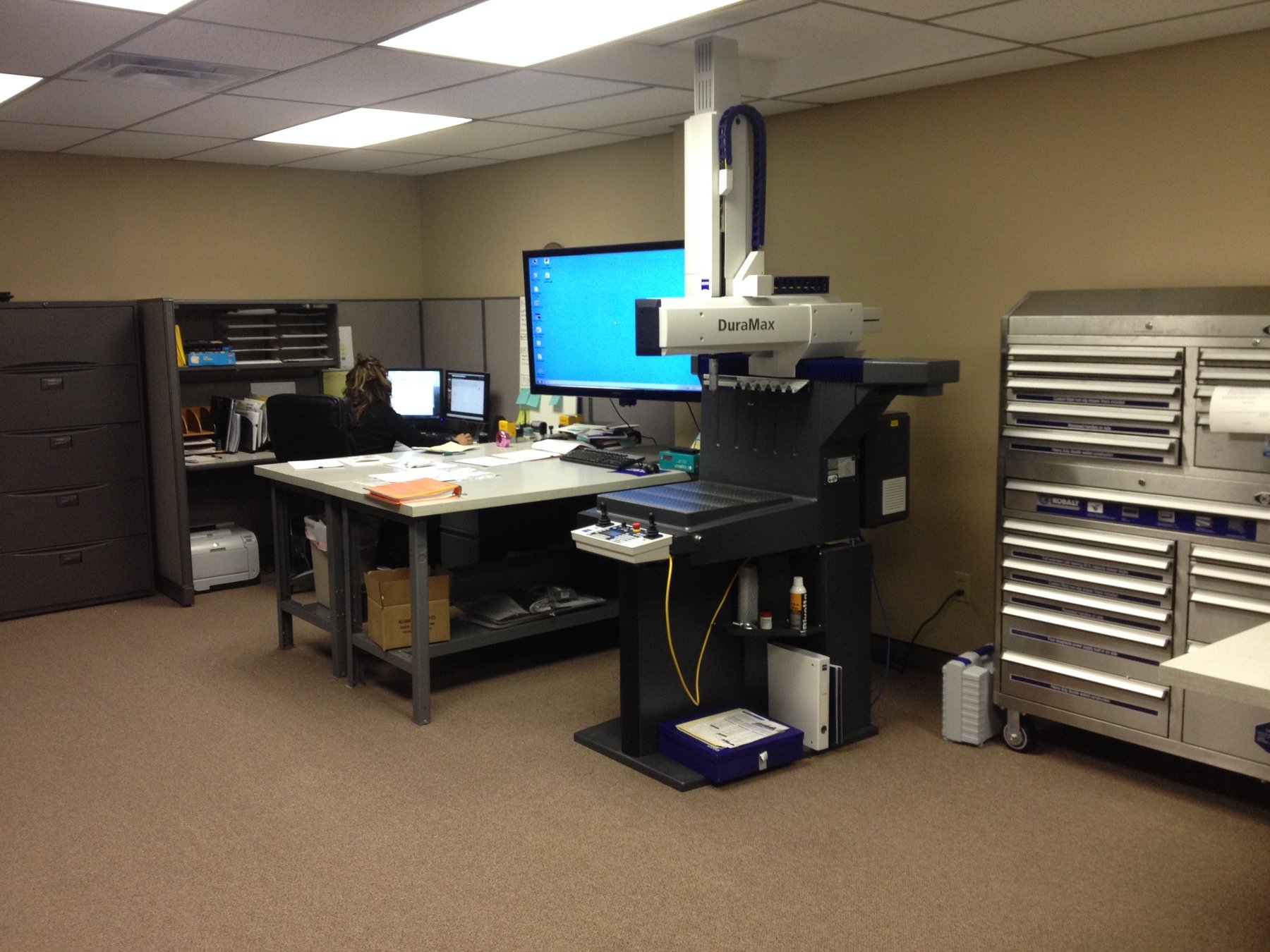
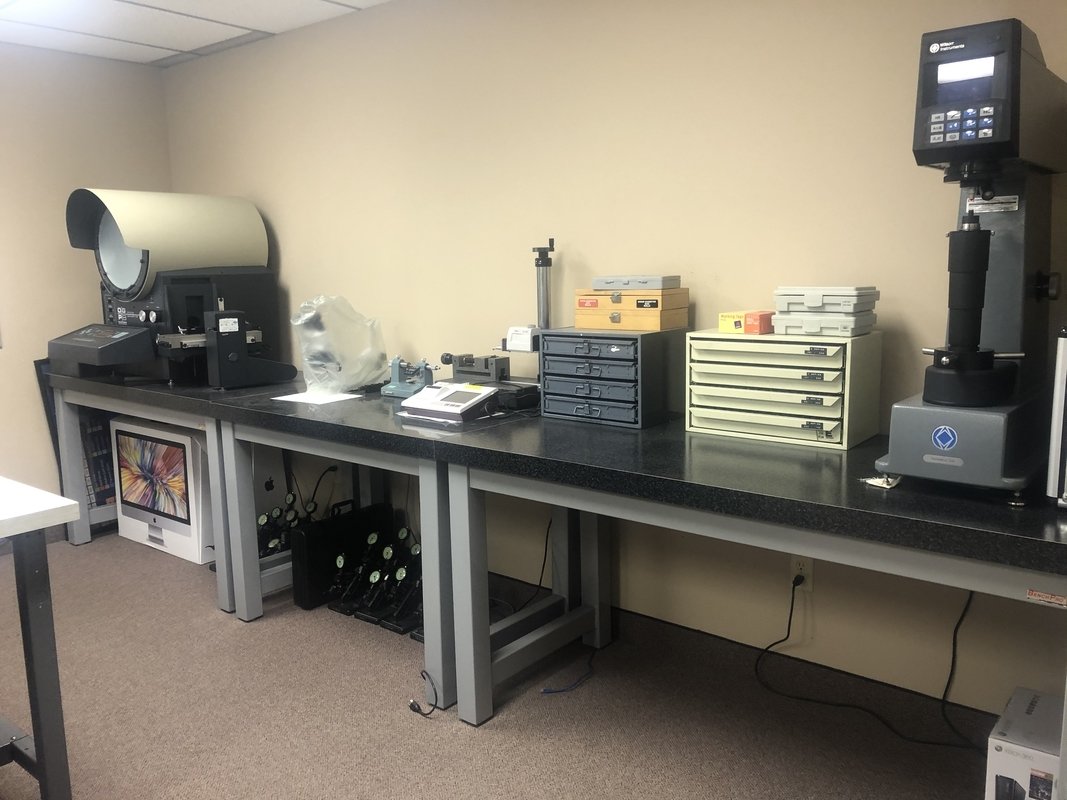

Procurement
Procurement firms specialize in doing purchasing. This is usually done with MRO items that are identical for multiple divisions and departments.
Storage
Outsourcing storage can be anything from renting a warehouse, to do a full on fullfilment option.

Production
You can outsource to contract manufacturers or CMs. Creating process and procedures is still on you. There is a large amount of creation and training up front; and ongoing quality costs thereafter.

Customs
Customs almost must be outsourced (unless you are an extremely large firm). The easiest thing for smaller firms to get a reliable freight forwarder.

3PL
Setting up domestic shipments can be costly and time consuming. Using a 3PL keeps costs low and admin time outsourced.

Data
Data management and analysis and becoming more and more important. Many small firms don't have the in-house talent for this and so many outsource.
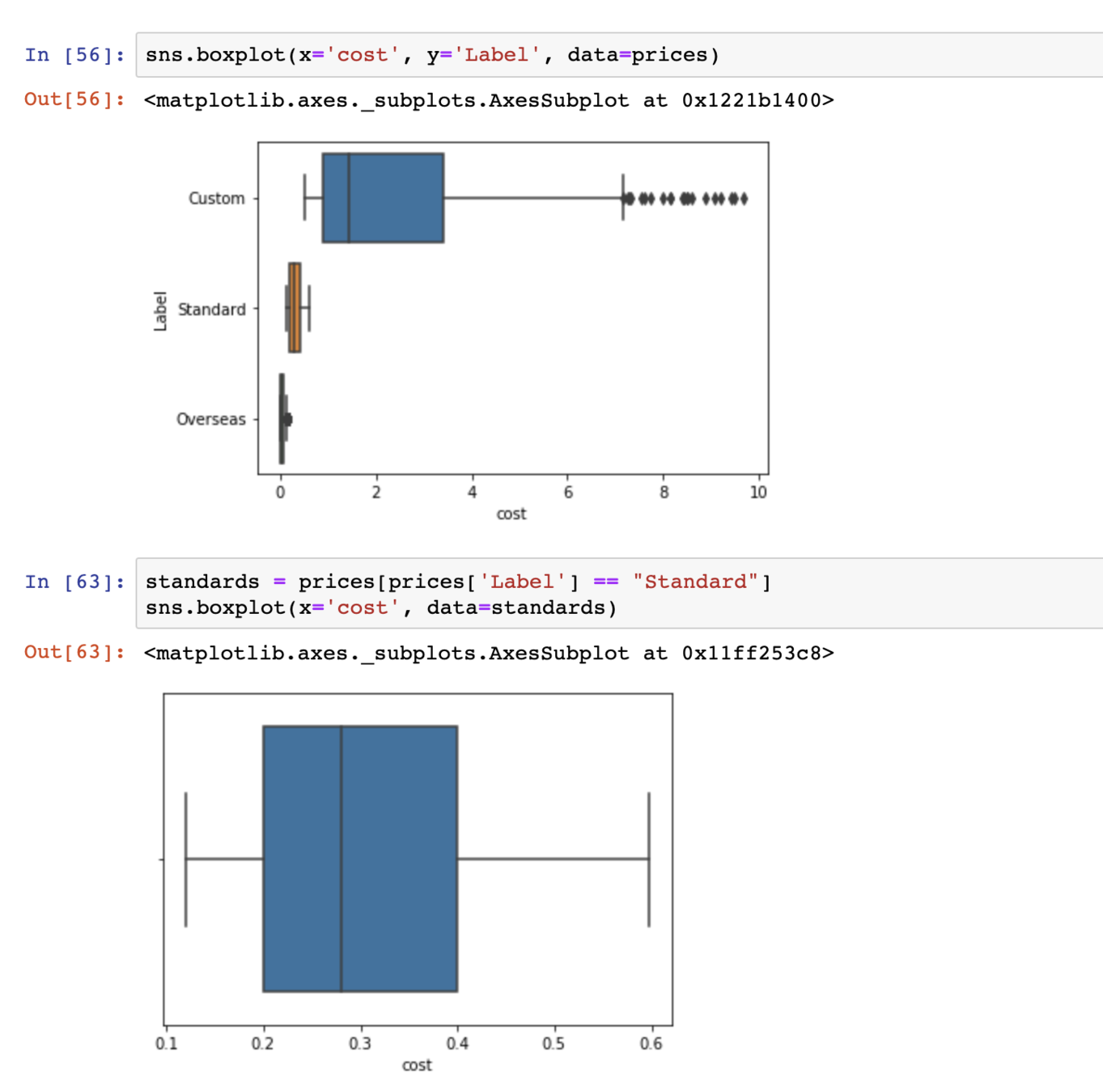
Multiple
This is where Chess or Procurem might fall in.

Software
- Productivity Suites
- Systems
- Tools
Productivity
-
Google Suites
-
Office 365
-
Trello, other
-
Slack
-
Onenote
-
Slab / Notions
-
Mediawiki
-
Alfred
Systems
-
Supplier Data Management
-
Accounting Systems
-
Xero
-
Quickbooks
-
SAP
-
Systems
-
Material Resource Planning
-
Excel
-
Smartsheet
-
SAP
-
-
Enterprise Resource Planning
-
Quickbooks
-
IQMS
-
Epicor
-
SAP
-
-
Quality Data Management
-
IQS
-
GageTrak
-
Tools
-
AWS
-
Nextcloud
-
Pipedrive
-
ScannerPro / Scansnap
-
Zoom
-
Solidworks
-
Adobe Acrobat
-
Python / Jupyter Notebook
Other
- ISO 9001:9015
- AS9100 D
- Export Controls
- Six Sigma
Examples
-
Communication - General (Slack)
-
Communication - Process / Kanban (Trello)
-
Communication - Collaboration (Onenote, Quip)
-
Information - Files (Dropbox / Nextcloud)
-
Information - Documentation (Slab / Mediawiki / Jira)
-
Supplier Management (Procurem)
-
Lot Creation
-
Form Examples
Me
From Upstate New York. Worked in finance for 5 years, got an MBA, and now in supply chain for 8 years.
I am a systems guy at heart. My roles include Director of Operations, software developer, data scientist, professor, consultant, investor, founder, board member, husband & dad (my favorite).
I have lived in New York, Rochester, Rome Italy, Nanjing China, Monterrey Mexico.
My Work
I own and run four supply chain firms focused on:
- Supply Chain Services
- Supply Chain Software
- Supply Chain Analysis
I help build supply chains, customers, ml models, operations, companies, expansions, software, markets.
My interests and research are currently in:
- Organization through Human Dev
- Demand Planning through AI
- Traceability through Cryptography
- Strategy through Community
Projects
-
joshuaschultz.com
-
Procurem - SRM
-
Procurem - VMI
-
Open Source Manual
-
Sonar
-
Github - joshuamschultz
-
(soon) Data Science for Supply Chain
-
(soon) Supply Chain Community